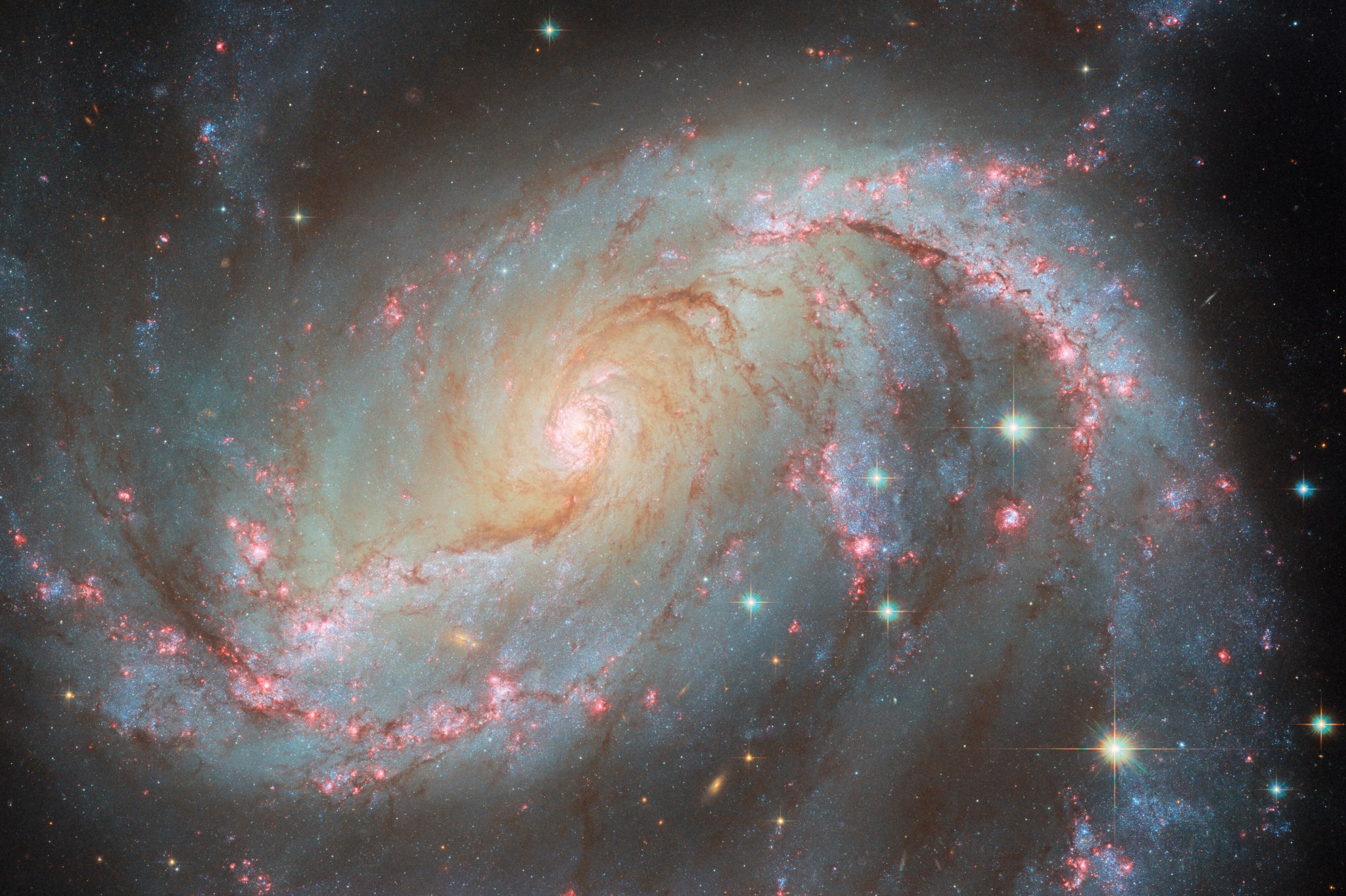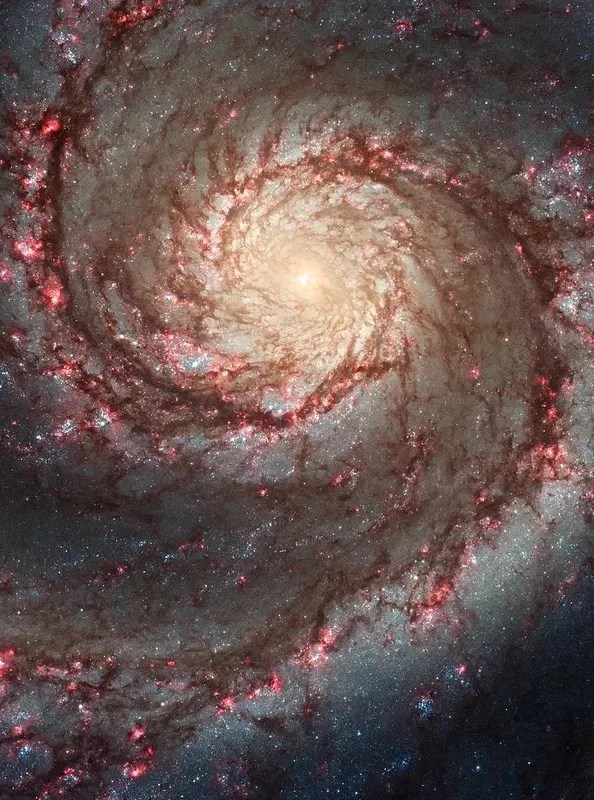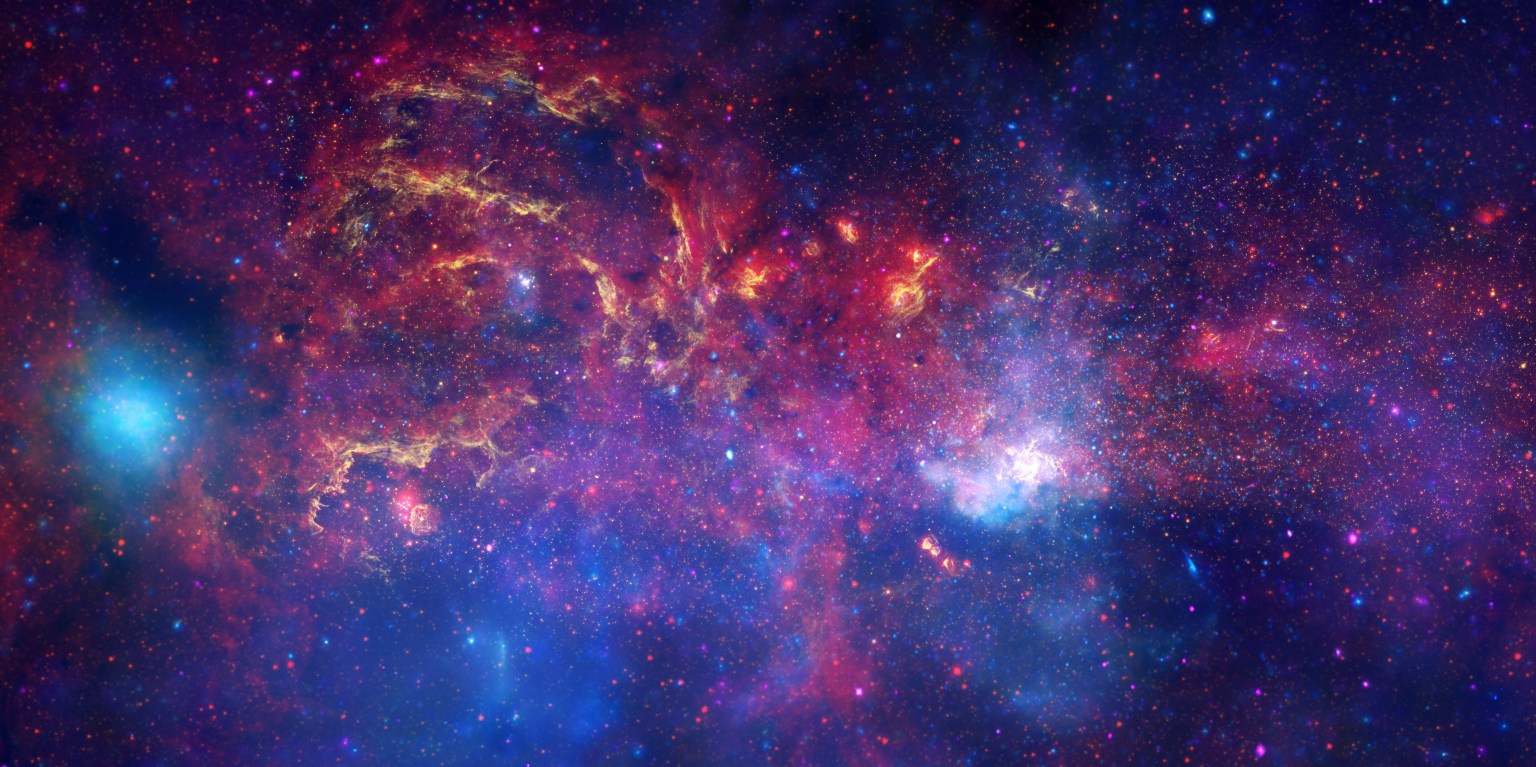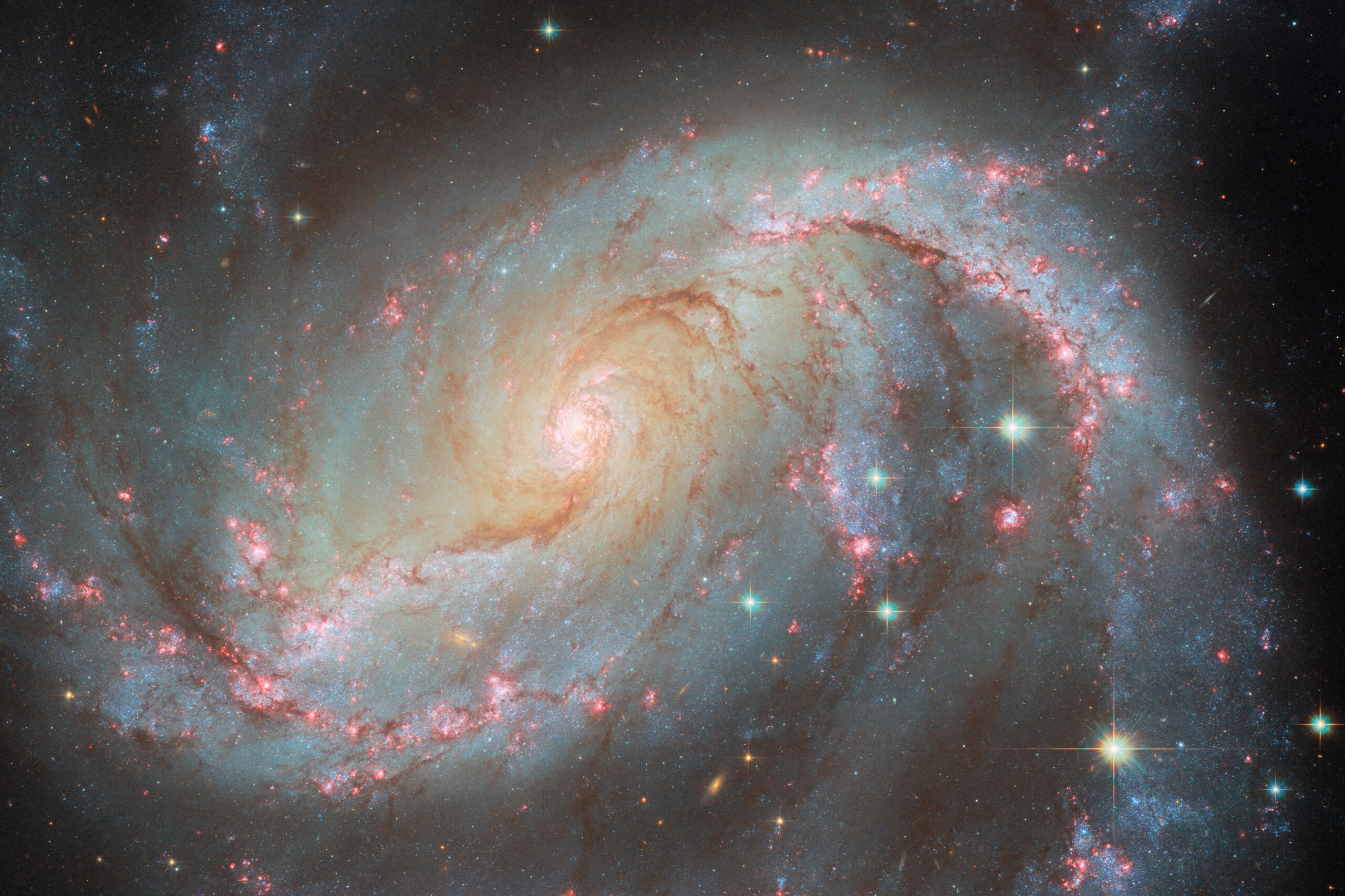Hubble Space Telescope Home Hubble Captures a Galaxy with… Missions Hubble Home Overview About Hubble The History of Hubble Hubble Timeline Why Have a Telescope in Space? Hubble by the Numbers At the Museum FAQs Impact & Benefits Hubble’s Impact & Benefits Science Impacts Cultural Impact Technology Benefits Impact on Human Spaceflight Astro Community Impacts Science Hubble Science Science Themes Science Highlights Science Behind Discoveries Hubble’s Partners in Science Universe Uncovered Explore the Night Sky Observatory Hubble Observatory Hubble Design Mission Operations Missions to Hubble Hubble vs Webb Team Hubble Team Career Aspirations Hubble Astronauts News Hubble News Hubble News Archive Social Media Media Resources Multimedia Multimedia Images Videos Sonifications Podcasts E-books Lithographs Fact Sheets Glossary Posters Hubble on the NASA App More Online Activities 2 min read
Hubble Captures a Galaxy with Many Lights  This NASA/ESA Hubble Space Telescope image captures the spiral galaxy NGC 1672 with a supernova. ESA/Hubble & NASA, O. Fox, L. Jenkins, S. Van Dyk, A. Filippenko, J. Lee and the PHANGS-HST Team, D. de Martin (ESA/Hubble), M. Zamani (ESA/Hubble)
This NASA/ESA Hubble Space Telescope image captures the spiral galaxy NGC 1672 with a supernova. ESA/Hubble & NASA, O. Fox, L. Jenkins, S. Van Dyk, A. Filippenko, J. Lee and the PHANGS-HST Team, D. de Martin (ESA/Hubble), M. Zamani (ESA/Hubble)
Download this image
This NASA/ESA Hubble Space Telescope image features NGC 1672, a barred spiral galaxy located 49 million light-years from Earth in the constellation Dorado. This galaxy is a multi-talented light show, showing off an impressive array of different celestial lights. Like any spiral galaxy, shining stars fill its disk, giving the galaxy a beautiful glow. Along its two large arms, bubbles of hydrogen gas shine in a striking red light fueled by radiation from infant stars shrouded within. Near the galaxy’s center are some particularly spectacular stars embedded within a ring of hot gas. These newly formed and extremely hot stars emit powerful X-rays. Closer in, at the galaxy’s very center, sits an even brighter source of X-rays, an active galactic nucleus. This X-ray powerhouse makes NGC 1672 a Seyfert galaxy. It forms as a result of heated matter swirling in the accretion disk around NGC 1672’s supermassive black hole.
Image Before/After Along with its bright young stars and X-ray core, a highlight of this image is the most fleeting and temporary of lights: a supernova, visible in just one of the six Hubble images that make up this composite. Supernova SN 2017GAX was a Type I supernova caused by the core-collapse and subsequent explosion of a giant star that went from invisible to a new light in the sky in just a matter of days. In the image above, the supernova is already fading and is visible as a small green dot just below the crook of the spiral arm on the right side. Astronomers wanted to look for any companion star that the supernova progenitor may have had — something impossible to spot beside a live supernova — so they purposefully captured this image of the fading supernova.
Recently, NGC 1672 was also among a crop of galaxies imaged with the NASA/ESA/CSA James Webb Space Telescope, showing the ring of gas and the structure of dust in its spiral arms. The image below compares the Webb image with Hubble’s image.
Image Before/After Facebook logo @NASAHubble @NASAHubble Instagram logo @NASAHubble Media Contact:
Claire Andreoli
NASA’s Goddard Space Flight Center, Greenbelt, MD
claire.andreoli@nasa.gov
Details Last Updated Nov 08, 2024 Editor Andrea Gianopoulos Location NASA Goddard Space Flight Center Related Terms Astrophysics Astrophysics Division Galaxies Goddard Space Flight Center Hubble Space Telescope Missions Spiral Galaxies Stars Supernovae The Universe
Keep Exploring Discover More Topics From Hubble Hubble Space Telescope
Since its 1990 launch, the Hubble Space Telescope has changed our fundamental understanding of the universe.


Hubble Focus: Galaxies through Space and Time
Hubble Focus: Galaxies through Space and Time




